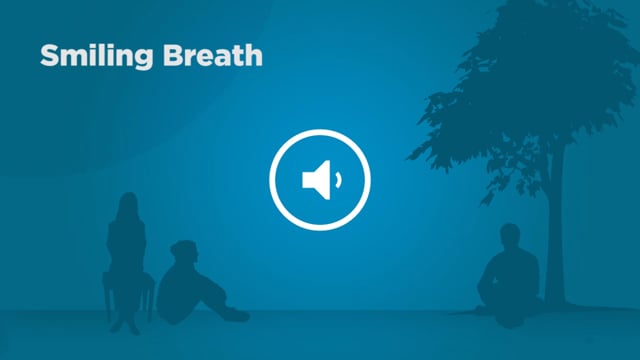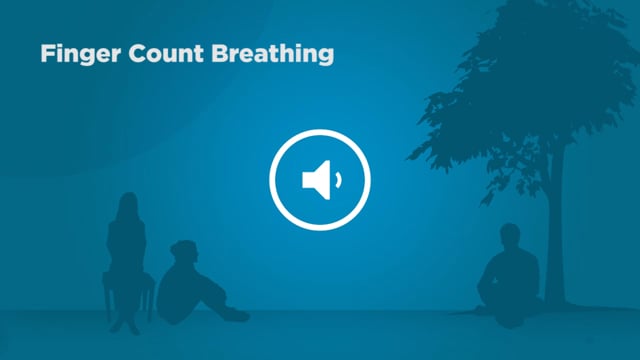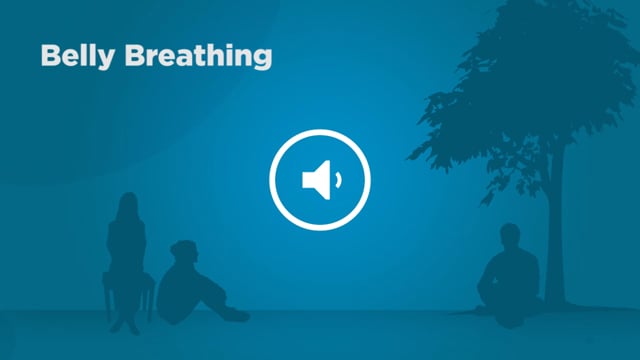- Home
- Parents Home
- Allergy Center
- Asthma Center
- Cancer Center
- Diabetes Center
- A to Z Dictionary
- Emotions & Behavior
- First Aid & Safety
- Food Allergy Center
- General Health
- Growth & Development
- Flu Center
- Heart Health
- Homework Help Center
- Infections
- Diseases & Conditions
- Nutrition & Fitness Center
- Play & Learn Center
- School & Family Life
- Pregnancy Center
- Newborn Center
- Q&A
- Recipes
- Sports Medicine Center
- Doctors & Hospitals
- Videos
- Para Padres
- Home
- Kids Home
- Asthma Center
- Cancer Center
- Movies & More
- Diabetes Center
- Getting Help
- Feelings
- Puberty & Growing Up
- Health Problems of Grown-Ups
- Health Problems
- Homework Center
- How the Body Works
- Illnesses & Injuries
- Nutrition & Fitness Center
- Recipes & Cooking
- Staying Healthy
- Stay Safe Center
- Relax & Unwind Center
- Q&A
- Heart Center
- Videos
- Staying Safe
- Kids' Medical Dictionary
- Para Niños
- Home
- Teens Home
- Asthma Center
- Be Your Best Self Center
- Cancer Center
- Diabetes Center
- Diseases & Conditions
- Drugs & Alcohol
- Expert Answers (Q&A)
- Flu Center
- Homework Help Center
- Infections
- Managing Your Medical Care
- Managing Your Weight
- Nutrition & Fitness Center
- Recipes
- Safety & First Aid
- School & Work
- Sexual Health
- Sports Center
- Stress & Coping Center
- Videos
- Your Body
- Your Mind
- Para Adolescentes
How Can I Stop Cutting?
Cutting is a form of self-harm, and it can happen when someone is trying to cope with painful strong emotions. Once a person starts cutting, it can be hard to stop.
If you’re trying to stop cutting:
- Tell a trusted adult.
- Get help from a professional counselor or therapist.
- Find ways to feel better and resist the urge to cut.
Try these tips to try when you feel an urge. The goal is to replace cutting yourself with a healthier behavior.
What Should I Do When I Feel the Urge to Cut?
There are a bunch of different techniques you can try when you feel the urge to cut. The ones that work for you may depend on why you harm yourself. The more you learn about what's behind your cutting, the better you’ll be able to understand it and develop healthy ways to handle it.
When you feel like cutting:
Try a calming activity. If you cut when you’re agitated or angry, it can help to do something calming instead. Do something that helps soothe you, like:
- Call or text a friend or play with a pet.
- Make a warm drink, like tea or hot chocolate.
- Take a shower or bath (make sure there aren’t razors nearby).
- Wrap yourself up in a cozy blanket and listen to soothing music, watch a funny show, or read a book.
- Do a breathing exercise or try some yoga poses.
Express yourself. At times, your emotions feel may seem too powerful and painful to handle. It can be helpful to labeling how you’re feeling. Saying “I feel angry” or “I feel sad” can help you process these emotions.
To express what’s going on inside of you, draw or paint what you’re feeling. Write down your hurt, anger, or whatever else you want to say, even in a song or poem. Or play an instrument or sing along to music that taps into how you feel.
Release some stress. Sometimes doing things that release tension can help you gradually move away from cutting. You could:
- Go for a walk or run, ride a bike, dance, or do some other form of exercise.
- Rip up some paper.
- Squeeze a stress ball or handful of clay.
If these tips don’t help you resist the urge to cut, try others. For some people, it helps to rub an ice cube on their skin or wear a rubber band around the wrist and snap it gently when needed. Talk with a counselor or therapist to help you figure out what may work best for you.
What if I Stop Cutting . . . But Then Start Again?
When you find what works to keep you from cutting, you'll feel proud of yourself. Celebrate that win — it's not easy to learn a new behavior!
But it's also normal to relapse (fall back into your old actions) and start cutting again. It takes time to change a behavior and replace it with something healthier.
It can help to start thinking about the emotions or situations that led you to cut. For example, were you feeling frustrated or angry? Then remind yourself why you decided to stop cutting before. Write down what worked for you. You can find the inner strength to do it again, but know that to ask for help is also a sign of strength.
What if I Need More Help to Stop Cutting?
Keep talking with a trusted adult like a parent, school counselor, or therapist. They can help you handle problems in a healthy way.
If there isn’t an adult to turn to, reach out to a confidential helpline. These are free and available 24 hours a day:
- SAMHSA's free helpline: Call 800-662-HELP (4357) for provider referrals in your area. Or text your zip code to 435748 (HELP4U).
- Crisis Text Line: Text “HOME” to 741741.
- 988 Suicide and Crisis Lifeline: Call or text 988.

Smiling Breath
This breathing exercise can help you lift stress or switch from a difficult mood to a more positive one.

Finger Count Breathing
Finger count breathing is a good way to slow down and hit your internal “pause” button.

Belly Breathing
When we’re relaxed, air naturally flows deeper into our lungs. Practicing belly breathing can help you create these feelings of relaxation and calm.

© 1995- The Nemours Foundation. KidsHealth® is a registered trademark of The Nemours Foundation. All rights reserved.
Images sourced by The Nemours Foundation and Getty Images.
Humana Healthy Horizons in Ohio
- Humana Healthy Horizons
- Humana Healthy Horizons Extras
- Member Support
- Care management
- Caregiver resources
- Child well-being
- Disease management
- Documents and forms
- Enrollment
- Grievances and appeals
- Health and wellness
- KidsHealth
- Member Handbook
- New Member Resources
- News and alerts
- OhioRISE Plan
- Pregnancy outcomes
- Tobacco cessation
- Why Humana
- Your primary care provider
- For Providers
- Contact us
- Accessibility
- Humana Healthy Horizons
- Humana Healthy Horizons Extras
- Member Support
- Care management
- Caregiver resources
- Child well-being
- Disease management
- Documents and forms
- Enrollment
- Grievances and appeals
- Health and wellness
- KidsHealth
- Member Handbook
- New Member Resources
- News and alerts
- OhioRISE Plan
- Pregnancy outcomes
- Tobacco cessation
- Why Humana
- Your primary care provider
- For Providers
- Contact us
- Accessibility
